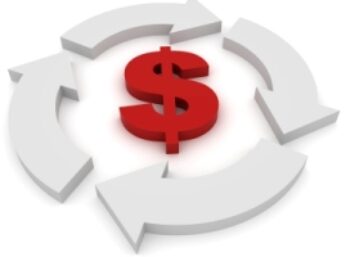What Is the 80-20 Rule?
The 80-20 rule, also known as the Pareto Principle, states that 80% of outcomes arise from 20% of inputs. The idea is applied in business and economics to identify and prioritize the most productive or problematic inputs to maximize value or minimize cost.
How Does the 80-20 Rule Work?
While the 80-20 rule is widely used in many different fields, from economics to personal finance, it is important to understand that the 80-20 rule is not a scientific or mathematical law—but rather a concept.
80-20 Rule in Management
In managing others, it means that recognizing and then focusing on the most impactful 20% of workers is the fundamental factor in making the most effective use of your time. Using this principle, if 20% of your staff give you 80% of the work you need, focus on them as they are your core group of impact.
80-20 Rule in Marketing
Putting the 80-20 rule into effect in marketing is about prioritizing focus. Using this principle, 80% of profits are generated from 20% of customers, 80% of product sales stem from 20% of products, and 80% of sales derive from 20% of advertising. This can help guide your use of marketing, advertising, and customer service resources.
80-20 Rule in Relationships
Just like in business, the best way to apply the 80-20 rule in relationships is to identify 20% of the obstacles and work on them. Once they are resolved, it will soothe the majority of the relationship issues.
Example of the 80-20 Rule
Examples can be found in many aspects of business.
In a production process, the 80-20 rule would mean that 80% of the output comes from 20% of the input. In a management setting, it may be that 80% of productivity comes from 20% of employees. In customer service, it may be that 80% of the negative customer feedback stem from 20% of the customers.
Is the 80-20 Rule the Same as the Pareto Principle?
The 80-20 rule and the Pareto principle are the same, and the terms are used interchangeably.
History of the 80-20 Rule
The 80-20 rule was first discussed by economist Vilfredo Pareto to describe Italian wealth distribution in the early 1900’s, showing that 80% of the wealth in Italy was controlled by 20% of the population.
In 1940, Dr. Joseph Juran applied the 80-20 rule to quality control. He postulated that 80% of product issues were caused by 20% of the production problems. Researchers in many fields have applied the 80-20 rule to explain phenomena in business, economics, and other areas of human behavior.




